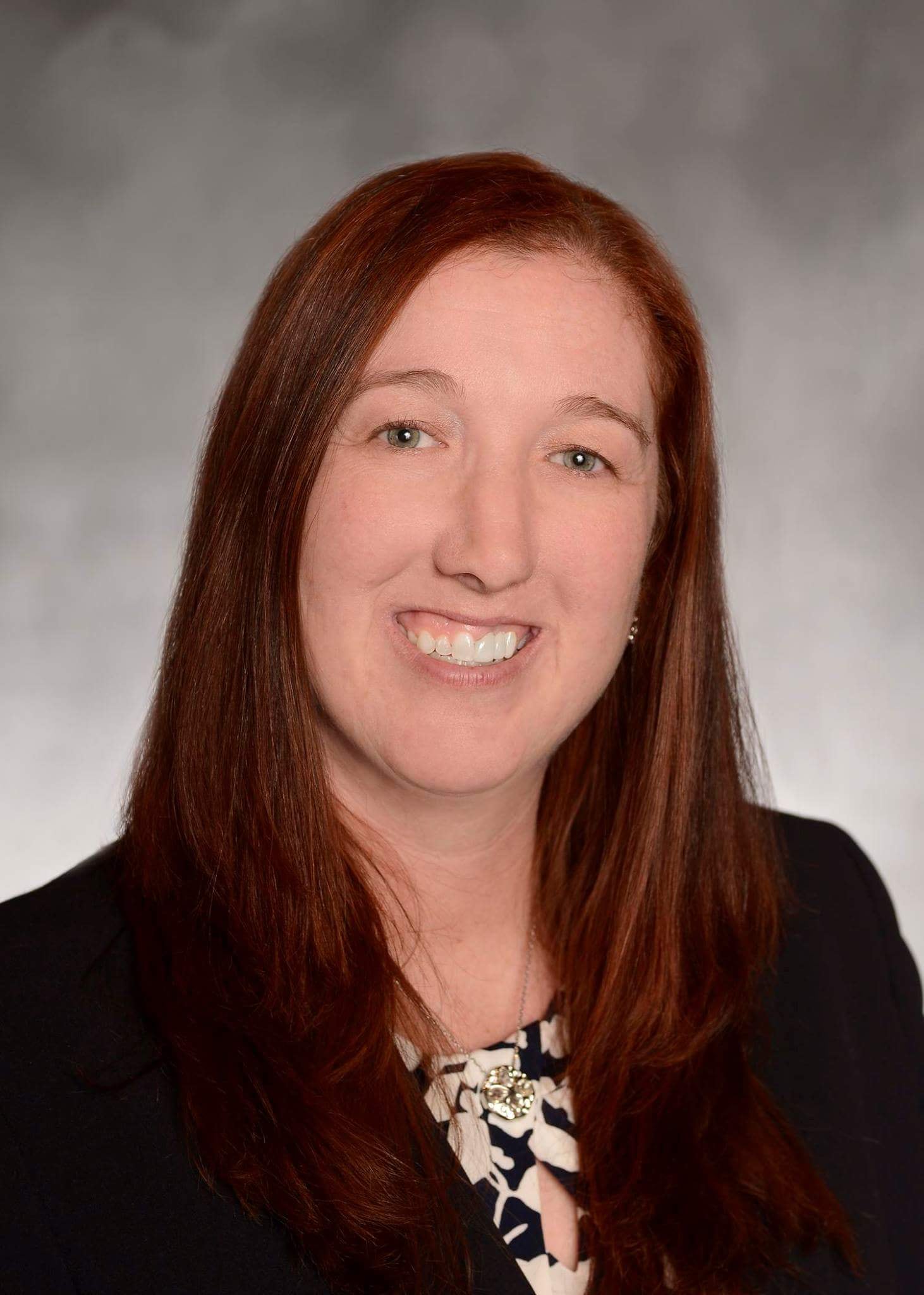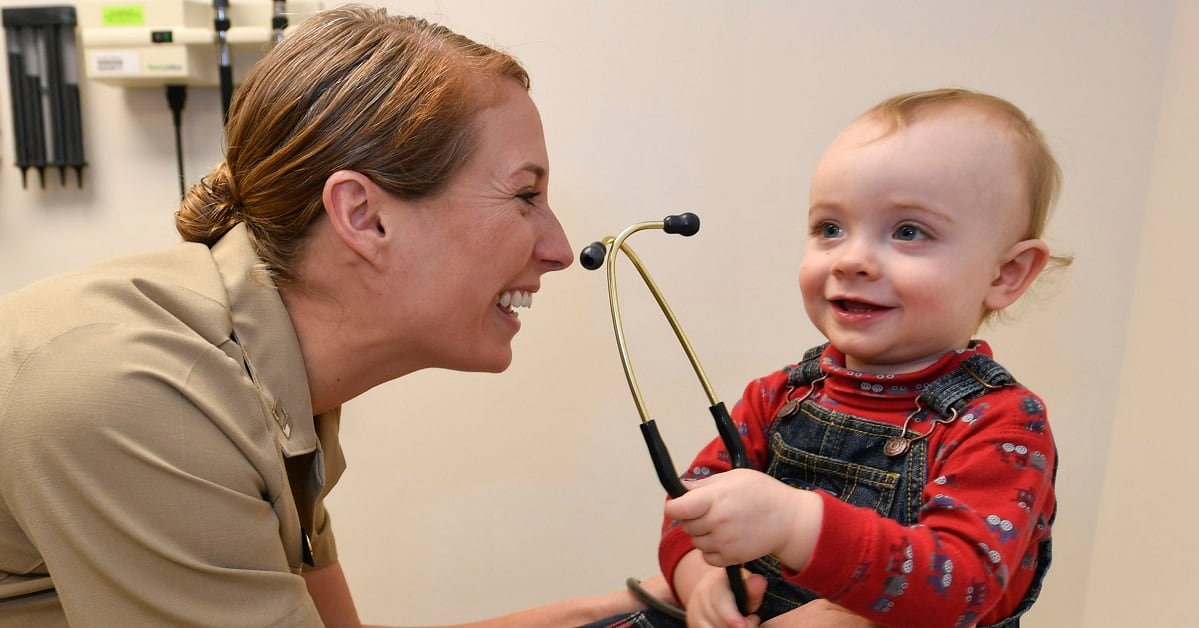Editor’s note: The following commentary was contributed by Maureen Elias, Assistant Director of Vietnam Veterans of America’s Veterans Health Council. The content may be edited for clarity, style and length.
I was lost. My transition out of the military was sudden and unexpected. I’d planned on making the U.S. Army my career, but then I was injured. This abrupt end to all things familiar — the military life I had come to know, its culture, the camaraderie — left me hollowed out; it was as if my sense of purpose and identity had been carved from my heart. I returned home, broken, in pain and feeling socially isolated. Pretty soon I was in a deep, dark place.
Today, I know I am not alone in my struggle to transition out of the military. In fact, veterans who are three to 12 months from separating had almost triple the suicide rate of active duty service members, a 2014 study found. That study by the Institute of Medicine confirmed what we know to be true: Service members are encountering difficulties as they transition between the complex DoD healthcare system and the equally complex VA healthcare system, and many are skeptical about the value of treatment.
To help ease the transition from military to civilian life, the Defense Health Agency’s Psychological Health Center of Excellence (PHCoE) has developed an innovative program, inTransition, that addresses the barriers to care that transitioning service members and their families routinely face.
Service members who have received mental health care within a year prior to separation are automatically enrolled in inTransition. Also eligible for the program by self-referral are active-duty, reservist, and recently separated service members, who can use the program any time they need to locate a new mental-health provider.
The inTransition program is confidential and voluntary, and it includes free, 24/7 coaching for the transitioning service member. Support is provided via telephone by licensed, behavioral health staff with advanced degrees who are also trained in military culture.
Service members enrolled in the program receive help navigating the VA mental-health services system and receive encouragement for their progress, helping to alleviate stress. The coaches use clinical coaching, motivational interviewing, and SMART goal behavioral techniques to support the service member while they transition to a new mental health provider
Once referred to the inTransition program, service members are contacted by a coach to confirm their willingness to participate in the program. The same coach is assigned to the service member for the duration of time it takes for them to begin services with a new mental health provider.
In the first session, the coach assesses the service member’s immediate needs and answers his/her questions. Together, they establish an action plan, develop adaptive strategies and explore healthy choices. During the coaching process, the coach can assist the service member in reaching out and scheduling an appointment with their gaining provider. The coach will follow up with the gaining provider and the transitioning service member to ensure that current services are successfully transitioned to the service member’s new location and appointments are not falling through the cracks. Should the service member discontinue coaching while transitioning, the original referring provider is notified.
The program has a high success rate. In the words of one service member, “If it were not for my in-tran coach, I would have been out on the streets. The help I received was beyond what I expected.” With the inTransition program available to support a service member’s adjustment from active-duty service to veteran status, we hope to reduce their stress and improve the quality of their lives during this difficult time, with the goal of more veterans adjusting successfully in their civilian lives.
Other transition resources by DoD include the Transition Assistance Program (TAP), which assists service members with the necessary skills to transition back into the community; the Polytrauma System of Care, which offers care for service members who have sustained multiple physical and cognitive injuries; and the PHCoE’s Resource Center, available 24/7 to military veterans and their families. Unlike the inTransition program, those who call the Resource Center are not assigned to a specific coach; rather they are assigned to the first available coach.
How can service members help? If you think this program is one you might benefit from, please self-refer via the website. Encourage others you feel are candidates for the inTransition program to self-refer. And help spread the word to other service members, veterans, and their families.
Are you a healthcare provider? As a provider, you retain primary responsibility for your patient’s care until care their care has been completely transferred. You can help by referring eligible patients to inTransition; by spreading the word about the program with other providers; by following up with inTransition coaches; and by sharing your experiences with the inTransition program staff.

Maureen Elias is Assistant Director of the Veterans Health Council, which is a program of Vietnam Veterans of America. The mission of the VHC is to improve the health of our nation’s veterans through information and education.





